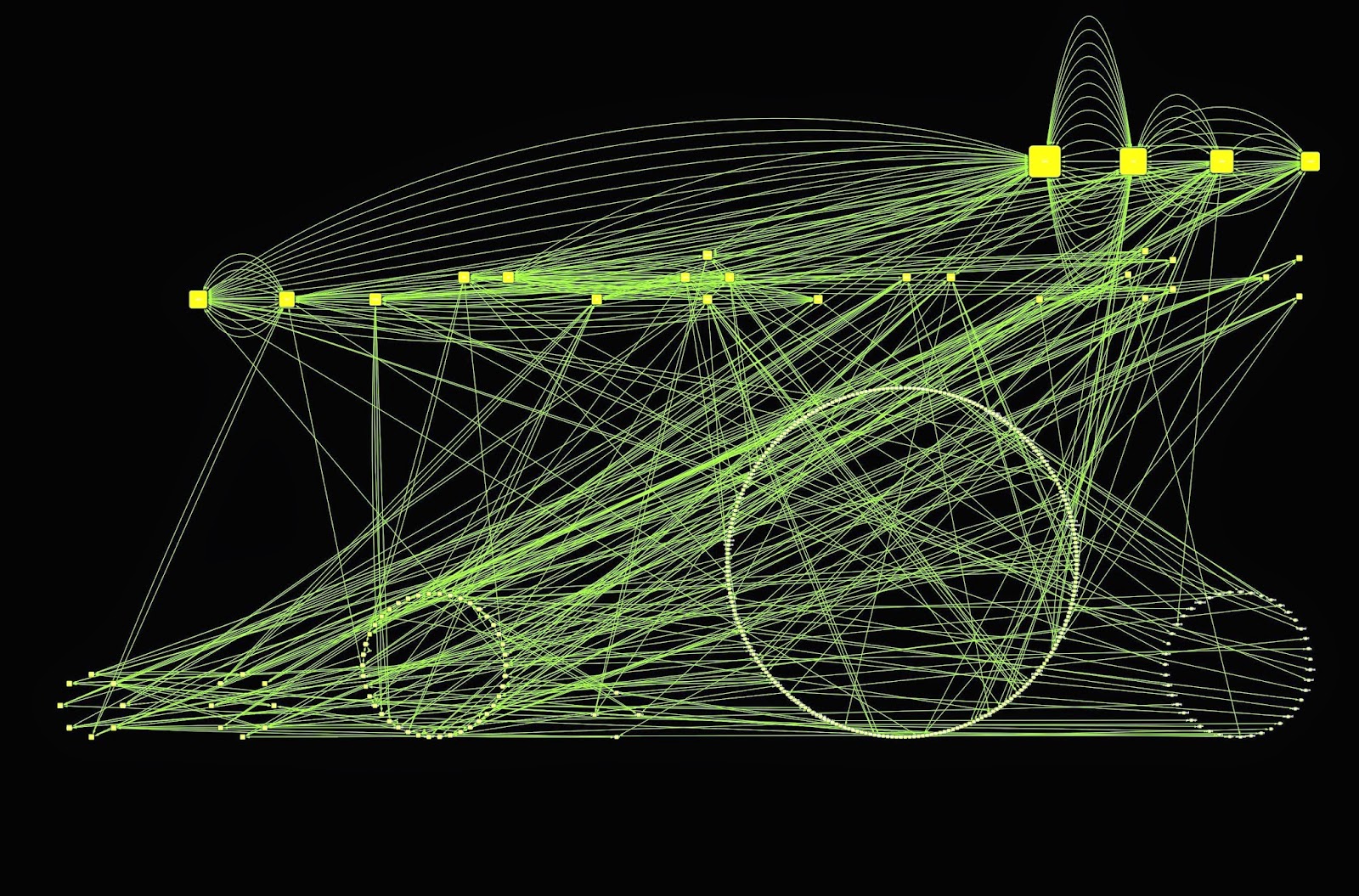
It is still quite amazing how much the digital world can hinder, not help. It is such a fantastic resource, and opportunity, and there’s an app for that you know. But at times, maybe more than even we realise, it can really ‘mess with your head.’
A recent experience with tech illustrates. A decision to move my main nexus of note taking and commentary to Microsoft OneNote – cross platform, ability to add all kinds of attachments and ephemera, easy online and offline work. Fantastic. But…
A less than random complexity intrudes – and cutting a long story short – moving files from an account that is full to another that is empty, which should be simple, turns out to be surprisingly hard. Hard in the sense that it takes a lot of time to try different things and find that they, surprisingly, don’t work.
Another example, my fantastic MacBook, which followed on from many years use of a MacBook Pro, has an intermittently ‘dodgy’ return key. Just refuses to press properly, sometimes. Into the Apple Store 50 miles away and they tell me, after first wrongly – and unimpressively – claiming it was out of warranty, that I’ll have to leave it there for up to 5 days. It’s in daily use, contains professional and personal data, and, like, I’m going to hand it over to an unknown tech department, together with the decrypt drive key. Sure.
So I have to go back sometime.
These things add up. If you want to do easy and hard things with tech, it can be frustrating and challenging at times. So be prepared. Yes, yes, there are many other platforms I can use… and I do, and the same thing applies at some point in time to all of them(1).
In some ways tech is a victim of its own success, so we expect it to to work more easily than it does. This may be especially true in corporate environments where protecting the business is more crucial than ever – and that means there is a balance required between flexibility (use your own device on the company wifi) and security (how do we know your three year old is not a savant hacker out to steal our secrets).
A former colleague, many, many years ago, taught me a relaxation technique when dealing with (then) PC’s that would not behave. Take a newspaper, roll it up, and thwack it heartily against the side of the (TV sized) monitor. It is not so much the action, but the noise that it made – the combination of newsprint and massive monitor creating a sound that is surprisingly satisfying. Almost addictive. It also does not damage anything.
Don’t try this today – monitors are not what they used to be. Too light and unbalanced – they’ll fall over and break. 24″ monitors the size of Mini engines, and the same weight, were rather more stable.
We should not be surprised, tech has a history of fallibility – remember that car that would never start when you were late?
Notes:
(1) If you would like to explore why this happens – two sources might help: the Mythical Man Month, by Frederick P Brooks; and Dreaming in Code, by Scott Rosenberg. The first more academic, the second more readable.
